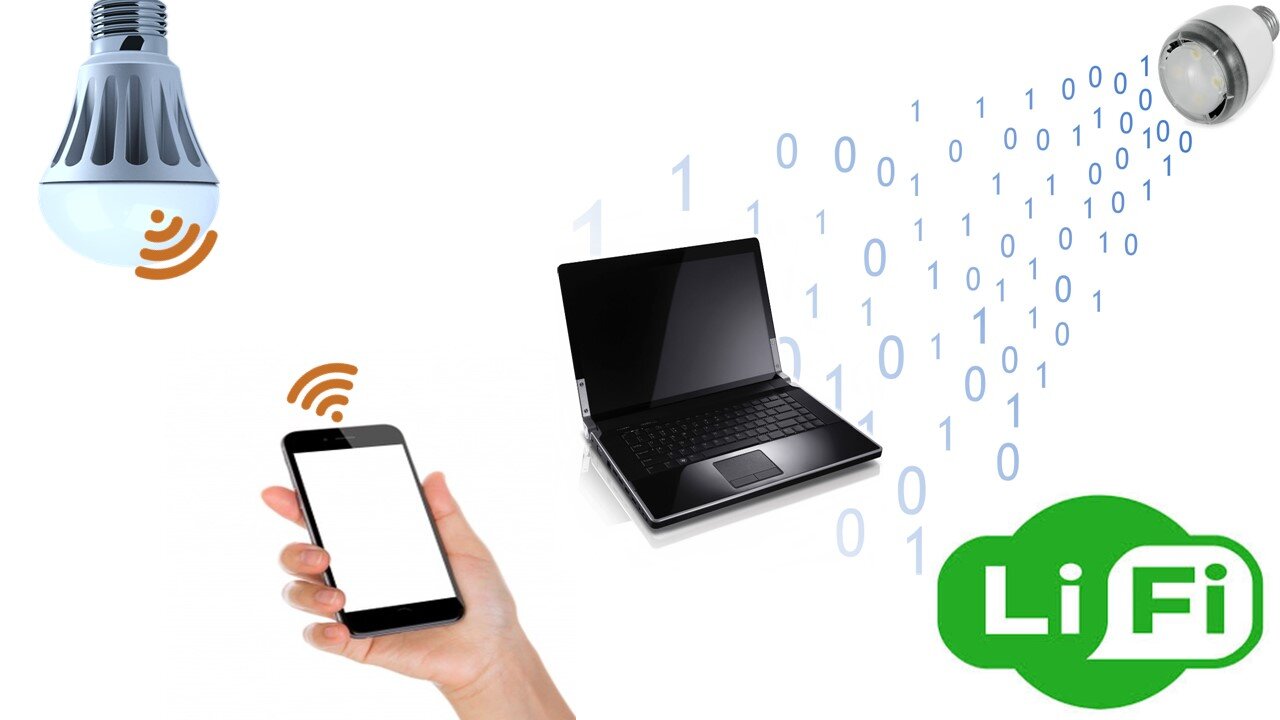Premium Only Content

What is Li-Fi Technology that Offers Light Speed Internet? (Li-Fi Explained)
A new wireless connection technology called Li-Fi is being developed today, where internet speeds are increasing day by day. So how does this technology work, what advantages does it have and how does it differ from our current facilities? What is Li-Fi that is said to replace Wi-Fi technology in the future? Will Li-Fi technology replace Wi-Fi? In this video, I will explain to answer these questions.
Li-Fi is used as an abbreviation of the English words Light Fidelity. The first idea of data transfer with light was Prof. Harald Haas put it forward. If Harald Haas is right, we'll be able to get our internet through light bulbs for years to come. Haas is professor of mobile communications at Edinburgh University. He has had the idea for years that data can be transmitted via LED bulbs and has now created a working model of the Li-Fi system. In his most recent TED talk, he demonstrated one of the Li-Fi prototypes that can transfer video from a solar cell to a laptop via a store-bought LED bulb.
Li-Fi technology is the same as Wi-Fi in terms of operation, only a small difference. In order to transmit data wirelessly, Wi-Fi communication is with radio waves, while Li-Fi uses infrared lights emitted by LEDs to transmit data wirelessly instead of using radio waves. Wi-Fi technology is fully networked two-way wireless communication technology.
In Li-Fi technology, data transmission happens with light thanks to LED. We can use LED lamps, which we use for lighting purposes in homes, for data transmission for this purpose. So how does this Li-Fi technology work, let's look at it now.
In the future, it may lead to the realization of the Internet of Things (IOT) by enabling more than 100 devices to connect to the Internet with a single distributor device with Li-Fi technology.
00:00 What is Li-Fi?
01:41 How is Li-Fi technology work?
04:05 Advantages and disadvantages of Li-Fi
-
 5:24
5:24
Electrical Electronics Applications
1 year ago $0.02 earnedHow to Calculate Capacitance and Voltage Value of Capacitor?
120 -
 5:12:34
5:12:34
MyronGainesX
7 hours ago $22.36 earnedTucker vs Piers, Shopify Cancels Ye, FBI leaks ICE Raids, Trump Meets King Of Jordan On Gaza!
74.6K15 -
 1:33:07
1:33:07
Man in America
15 hours ago🚨 Chlorine Dioxide: Banned, Censored & Feared by Big Pharma w/ Jonathan Otto
33.6K45 -
 9:21
9:21
Colion Noir
4 hours agoMan Robbed Carrying Gun In Back Pocket, Then Shot Trying To Get It Back
23.2K16 -
 2:00:39
2:00:39
DLDAfterDark
3 hours ago $1.43 earnedAnderson American Big Bore pistol Contest!
39.2K3 -
 2:02:20
2:02:20
Flyover Conservatives
1 day agoBiohacking Your Health: The Future of Medicine & Longevity - Part 2 - Deep Dive: Drs. Mark and Michele Sherwood | FOC Show
59K2 -
 1:27:30
1:27:30
AlaskanBallistics
3 hours ago $0.55 earnedI Love This Gun PodCast #7
28.9K2 -
 1:04:49
1:04:49
Glenn Greenwald
8 hours agoHow is Trump's Fixation on Taking Over Gaza "America First"?; Netanyahu Never Intended to Carry Through on Ceasefire Deal | SYSTEM UPDATE #405
82.5K104 -
 1:00:06
1:00:06
Rumble Rundown
15 hours agoThe Rumble Rundown: Rumble Studio and Creator Program
79.8K33 -
 14:20
14:20
Timcast
9 hours agoTim Pool HAS JOINED Rumble Premium, HUGE ANNOUNCEMENT, Timcast Exclusive Content Is MOVING
149K289